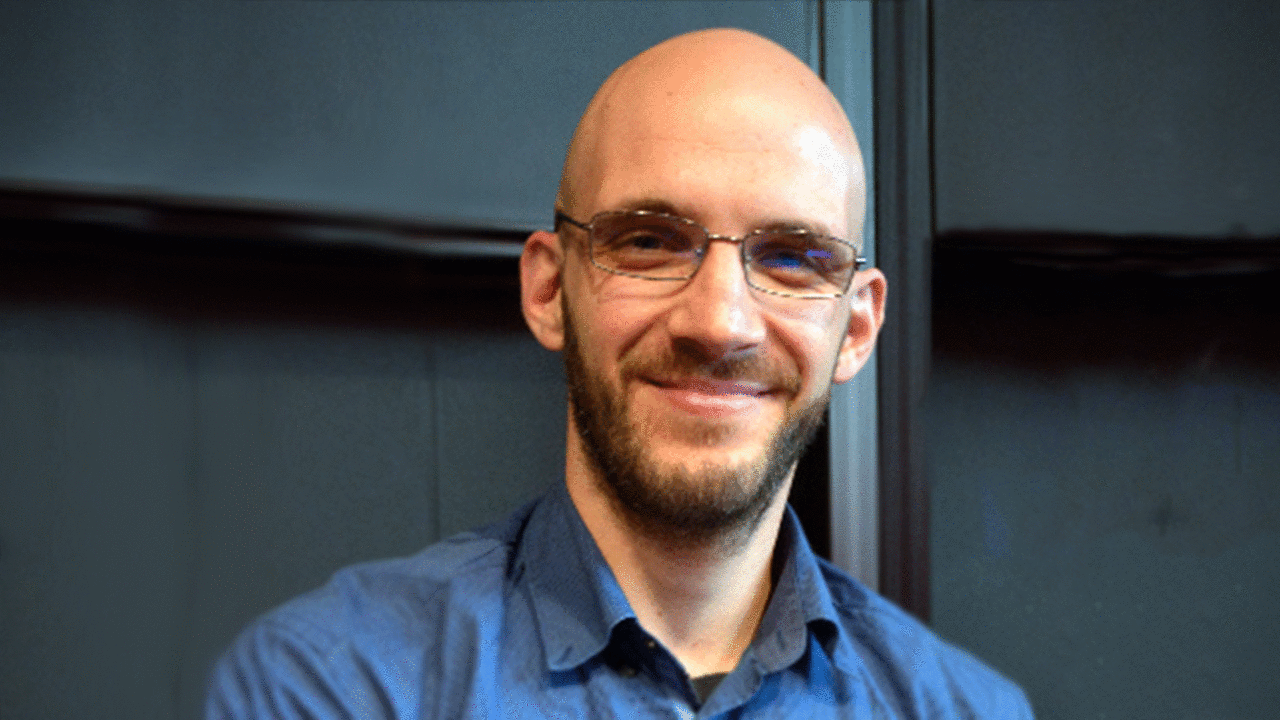Inter-disciplinary nature and many publications resulted in finalist placement

Christos Verginis, postdoc at the University of Austin, you defended your thesis in Robotics at KTH in May 2020. Now it has made you one of the four finalists who might receive the Georges Giralt PhD award this year. Congratulations!
Could you tell us a bit about your thesis?
“My thesis focused mainly on the control of autonomous robots such that they achieve complex collaborative tasks, with particular emphasis on robotic arms. By complex tasks, I mean tasks more sophisticated than the very simple ‘go from point A to point B’. For example, ‘periodically visit point A and then B every 20 seconds while avoiding dangerous areas and colliding with each other’ or ‘collaboratively transport objects to an area upon request’, or ‘keep meeting in the rendezvous spot and go to the charging station when your battery is low’.
We used tools from the automatic control, computer science fields, and robotics to develop intelligent algorithms for the robots to autonomously figure out what actions they need to take to accomplish such tasks. These algorithms are embedded in each robot separately, so each one of them calculates its actions on its own, possibly based on information obtained from its sensors, without relying on some central computer unit that controls all of them. This is a very important attribute since it enhances the robustness of the entire system – if one robot breaks down, the rest will keep executing their tasks. In addition, some of these algorithms are robust to model uncertainties. For example, we are able to make two robotic arms autonomously transfer an object somewhere without knowing the object’s or even the arms’ mass.
We used mathematical tools to verify the correctness of the developed algorithms and, with the help of students, we implemented them on actual robots, mobile, aerial and robotic arms.”
What, do you think, made you one of the finalists?
“I believe it was mainly the inter-disciplinary nature of the thesis. Our work is placed at the intersection of automatic control and robotics since we provide strong mathematical proofs as well as experimentation with real robots. We published articles in conferences and journals both in the automatic control and the robotics fields. In fact, the field of robotics is very inter-disciplinary itself. It combines automatic control, computer vision, computer science, and other topics. This indicates how tough the competition is, and being in the finalists really makes a case for the impact of my research, I am very happy about that!
Also, I think the number of publications played a strong role in my finalists shortlist, my Ph.D. resulted in more than 20 published papers!“
Since completing your doctoral thesis, what have you been working on?
“I currently work as a postdoctoral researcher at the University of Texas at Austin. I keep doing research on autonomous systems, but from a different point of view. Basically, I try to complement my skills with additional technical knowledge. I try to meet new researchers, collaborate with people from different backgrounds, and expand my horizons and my acquaintance network.”
What are you looking forward to most, this spring?
“Honestly, what I want most is this pandemic situation to be finally over so that everything goes back to normal and people are safe again. Besides that, I look forward to the spring break and the rise of the temperature!”

